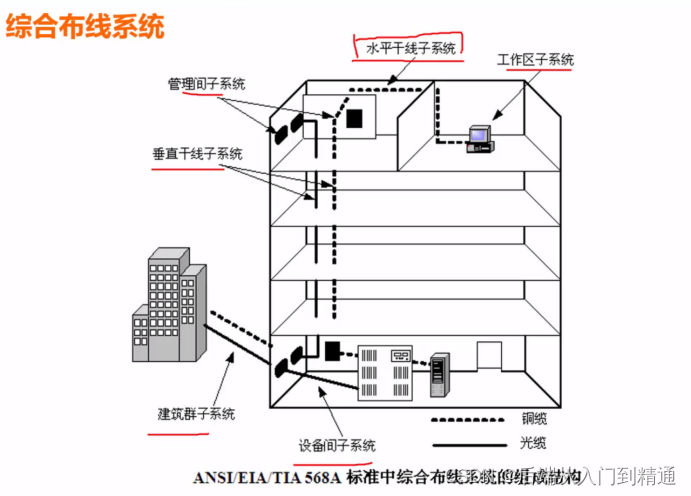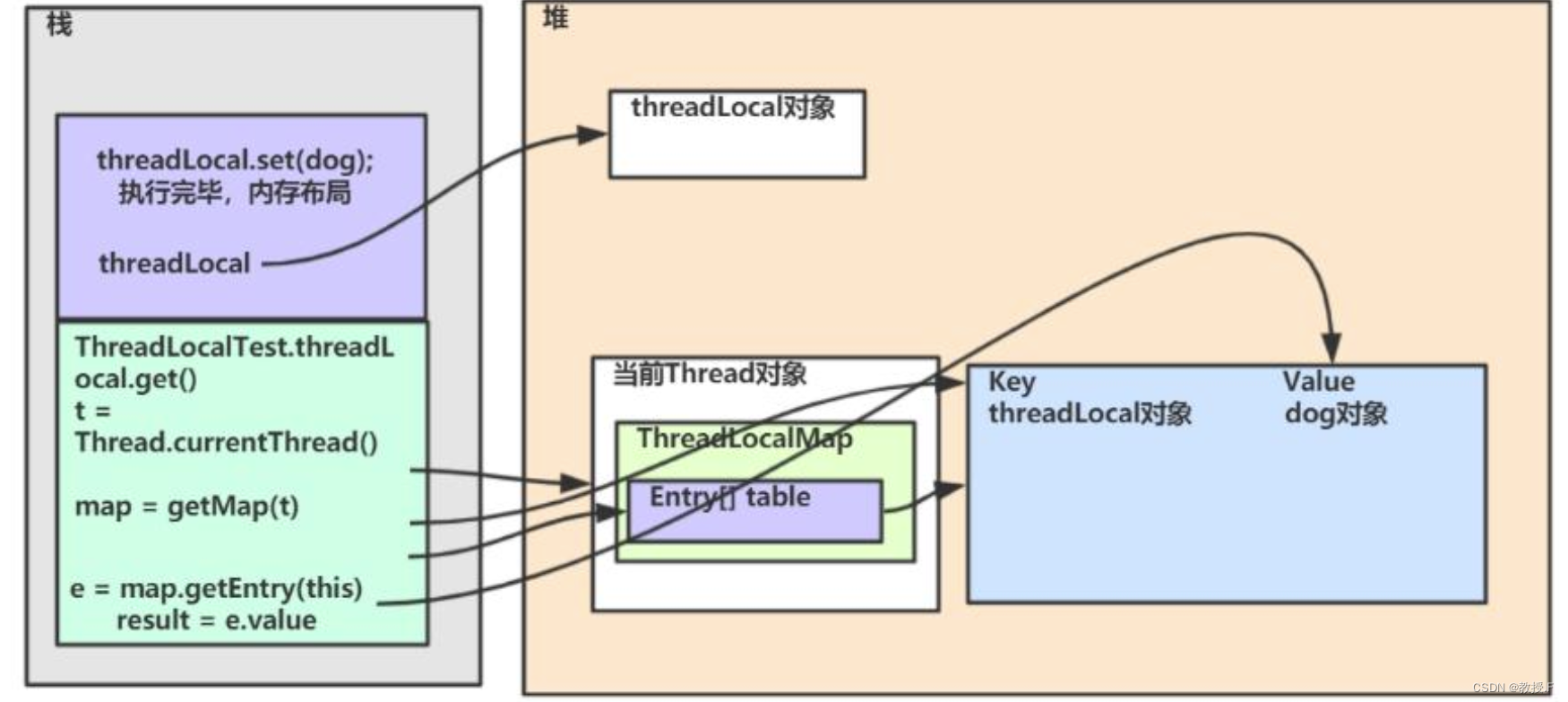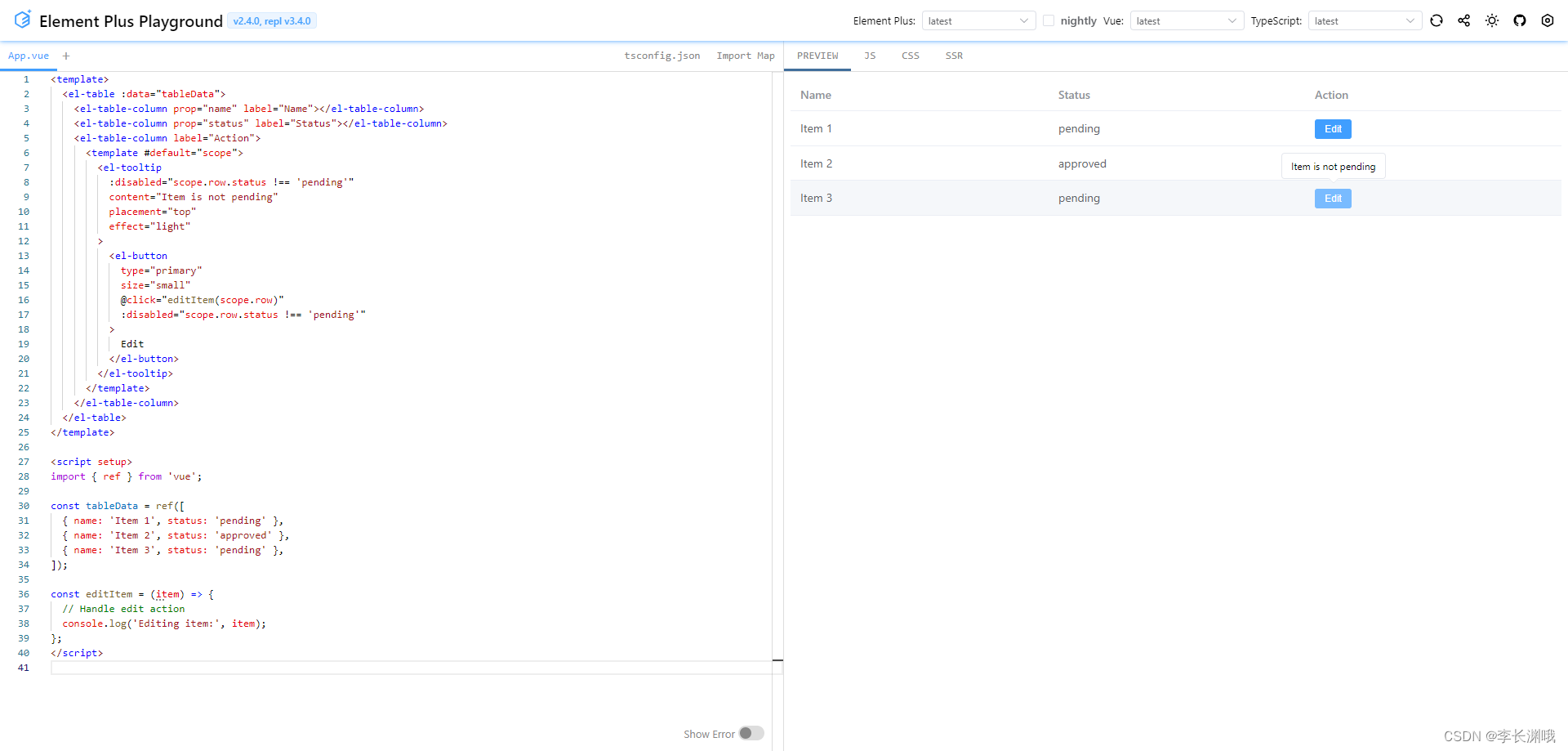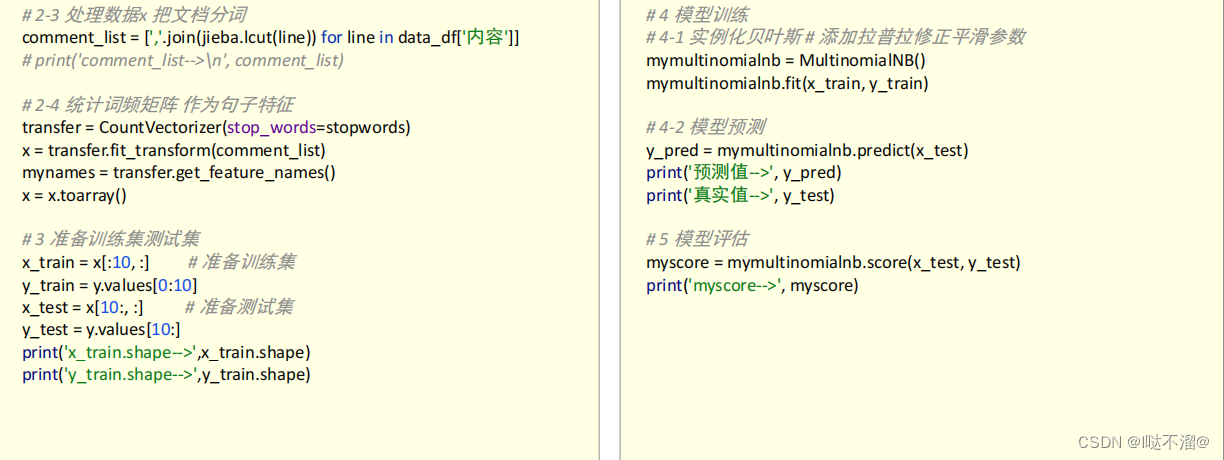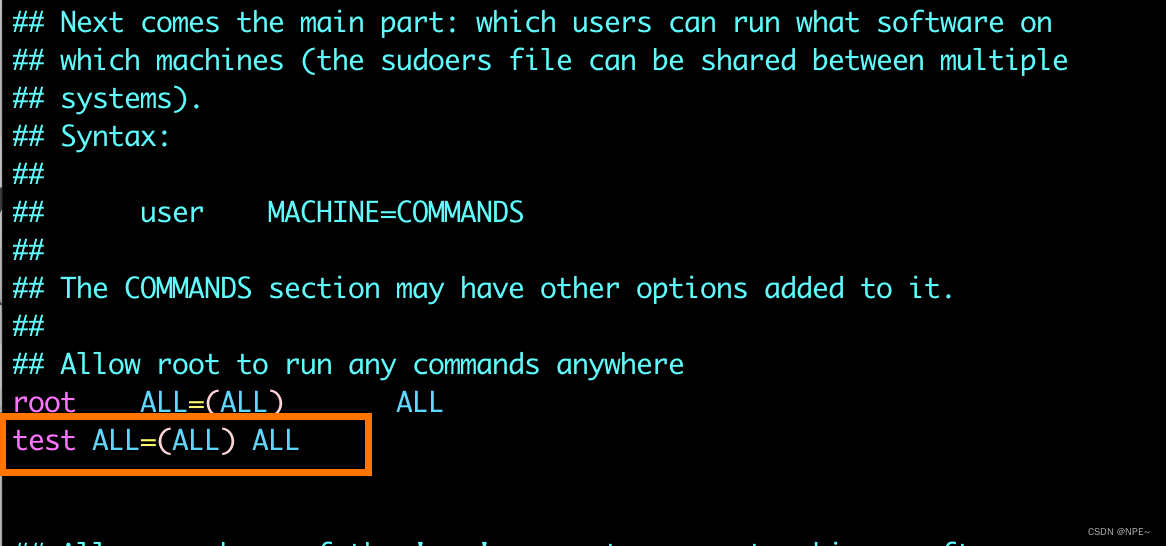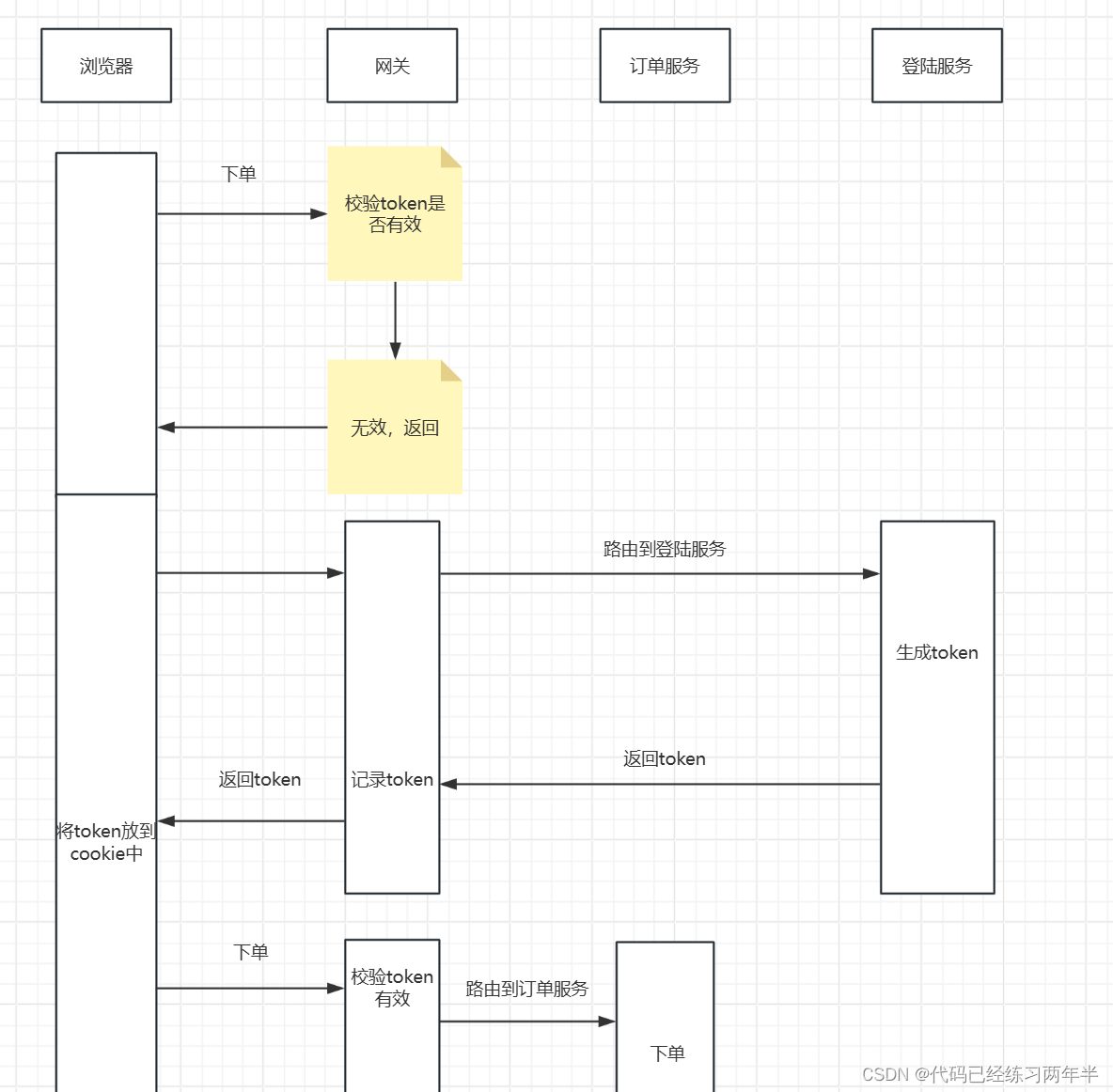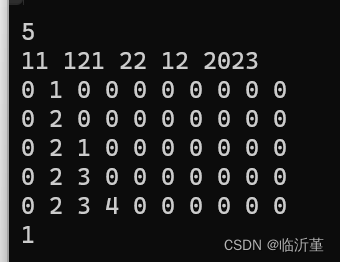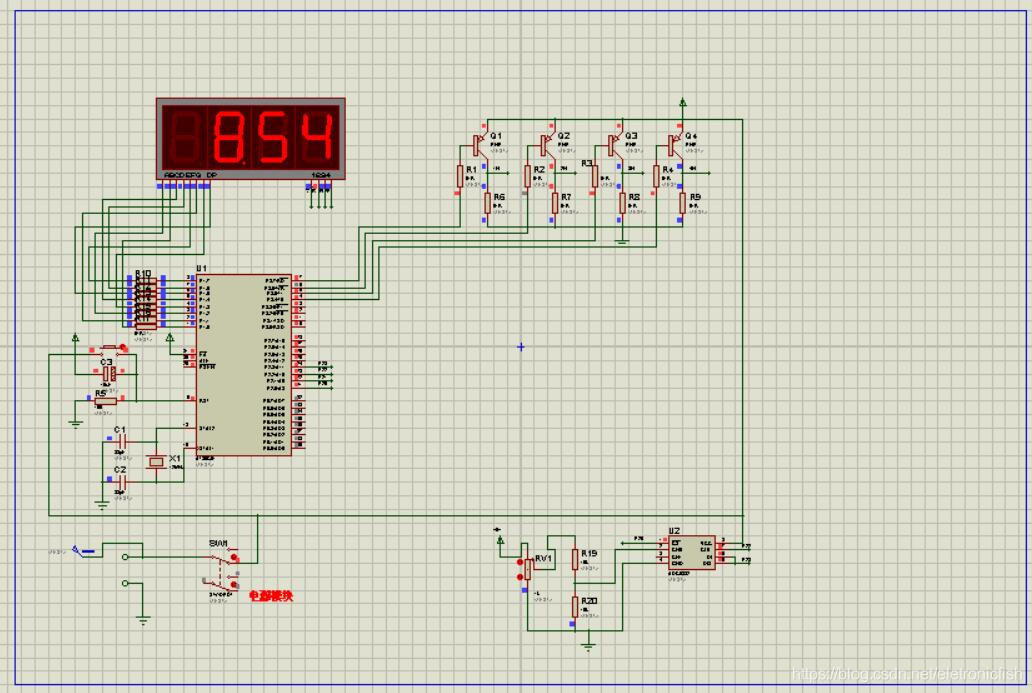移动语义很简单,但它相关联的术语很复杂。本文尝试从历史的角度解释清楚这些乱七八糟的术语及其关联:
-
表达式 (expression)、类型(type)、值类别 (value categories);
-
左值 (lvalue)、右值 (rvalue)、广义左值 (glvalue aka “generalized” lvalue)、纯右值 (prvalue aka “pure” rvalue)、将亡值 (xvalue aka “eXpiring” value);
-
左值引用 (lvalue reference)、右值引用 (rvalue reference)、const 引用;
-
移动构造 (move constructor)、移动赋值 (move assignment);
实际上,如果读过 Bjarne Stroustrup 的这篇文章 《“New” Value Terminology》[1],基本就知道 c++ 委员会为什么在 c++11 引入这么复杂的值类别。
1. 移动语义
c++11 为了提高效率,引入了移动语义。移动语义很简单,它是相对于 “复制” 而言的,把一个对象里面的资源 “移动” 到另一个对象中,就是移动语义了。
比如下面这样,用临时变量构造变量 a,在 c++11 之前,会触发拷贝构造函数 S(S& other),进行数据的拷贝 (memcpy) 。
struct S {
int* p_array;
int len;
// 构造函数
S(int _len) {len = _len; p_array = new int[len];}
// 拷贝构造函数
S(S& other) {len = other.len; p_array = new int[len]; memcpy(p_array, other.p_array, len);}
};
S a(S());
但在 c++11 后,不用拷贝数据了,可以增加一个移动拷贝构造函数 S(S&& other),直接拿对方的指针来用,不用拷贝 (memcpy) 数据。
struct S {
// 定义同上,此处省略
// 移动构造函数
S(S&& other) {len = other.len; p_array = other.p_array; other.p_array = nullptr; }
};
S&& 表示 S 的右值引用,下面具体讲讲右值引用,以及 c++11 对于值类别的扩充。
2. 右值引用
右值引用是 c++11 引用的新概念,除了引入右值引用,还扩充了值类别。要理解这些概念并不容易,需要从历史发展的角度来看。
在展开之前,需要先记住,c++ 表达式有两个独立的属性:类型 (type)、值类别 (value categories):
-
类型 (type),包括基本类型 (int, float,void, null 等),复合类型(class,union,引用 等),具体参见 cppreference 的 specification[2]。
-
值类别 (value categories),包括广义左值、右值、左值、将亡值、纯右值,具体参见 cppreference 的 specification[3]。
变量 (variable) 和字面量 (literal) 是最简单的表达式。另外,对于 c++ 程序员来说,变量 (variable) 和对象 (object) 这两个术语基本可以互换使用。
可能大部分人对于类型 (type) 有概念,但对于值类别 (value categories) 没啥概念,这并不是一个新术语,而是从 c 语言时代就已经存在了的。
2.1 c 语言的左值 (lvalue)
c 语言的表达式按值类别划分为左值 (lvalue) 和非左值 (non-lvalue)。“lvalue” means an expression that identifies an object, a “locator value”[4]。从方便记忆的角度上讲,左值就是可以出现在赋值语句左边的表达式。
更精确的定义可以参考 cppreference 上面关于 c value categories 的描述[4]: https://en.cppreference.com/w/c/language/value_category 。
2.2 c++11 以前的左值和右值
c++11 之前的 c++ 继承了 c 的值类别定义,只做了一些小调整[3]:
-
用右值 (rvalue) 指代 non-lvalue
-
函数归为左值 (lvalue)
-
引用只能绑定到左值 (lvalue)
-
const 引用可以绑定到右值 (rvalue)
-
其他几个在 c 中是 non-lvalue 的在 c++ 中划分到 lvalue
2.3 c++11 的左值和右值
c++11 引入了移动语义和完美转发,而这两个机制与左值右值这两个术语强相关。CWG (c++ 标准委员会下的 core working group) 的大部分人认为需要修正这两个术语的定义,才能使 c++ 规范保持一致[1]:
However, the majority of the CWG disagreed and insisted that some changed and/or novel terminology
was necessary to address known problems and to get the specification consistent.
Bjarne Stroustrup 的这篇文章 《“New” Value Terminology》[1] 详细的记录了 CWG 开会讨论的过程。

Bjarne Stroustrup 觉得上面的分类很混乱,自己尝试对表达式的属性进行分类:
Clearly we were headed for an impasse or a mess or both. I spent the lunchtime doing an analysis to see which of the properties (of values) were independent. There were only two independent properties:
• “has identity” – i.e. and address, a pointer, the user can determine whether two copies are identical, etc.
• “can be moved from” – i.e. we are allowed to leave to source of a “copy” in some indeterminate, but valid state
他 (Bjarne Stroustrup) 分析出表达式实际上有两个独立的属性:有身份的 (has identity) 、可以被移动的 (can be moved from)。基于这两个属性,他组合出三种表达式分类:
This led me to the conclusion that there are exactly three kinds of values (using the regex notational trick of using a capital letter to indicate a negative – I was in a hurry):
• iM: has identity and cannot be moved from
• im: has identity and can be moved from (e.g. the result of casting an lvalue to a rvalue reference)
• Im: does not have identity and can be moved fromThe fourth possibility (“IM”: doesn’t have identity and cannot be moved) is not useful in C++ (or, I think) in any other language.
In addition to these three fundamental classifications of values, we have two obvious generalizations that correspond to the two independent properties:
• i: has identity
• m: can be moved from
他用 i 表示有身份的 (has identity),I 表示无身份的;m 表示可以被移动的 (can be moved from),M 表示不可移动的,组合起来就是:
- iM: 有身份并且不可被移动的
- im: 有身份但可以被移动的 (比如强制把一个左值转换成右值引用)
- Im: 无身份且可以被移动的
而第四种 IM(无身份且不可被移动的)在 C++ 中是不存在的。
据此,他画出了分类的草图:

经过更细致的讨论,最终确定的分类图是这样的:

上图倒过来看就是 c++11 的最终规范了:

图4:c++11 value categories[5]
了解完历史,总结一下,就是对表达式做了精确的分类,有了精确分类之后,编译器就可以确定哪些表达式可以用于移动语义。
下面具体讲一下各个分类的精确描述。
2.4 c++11 值类别详解
expression
/ \
glvalue rvalue
/ \ / \
lvalue xvalue prvalue
概括一下:
-
主要的值类别就三种:lvalue,xvalue,prvalue,每个表达式只属于其中之一。
-
glvalue,即 “generalized” lvalue,译做 “广义左值”,是标识了一个对象或函数的表达式,差不多就是原始的左值的定义。
-
xvalue ,即 “eXpiring” value,译做 “将亡值”,是一种 glvalue,只不过它要 “消亡了”,资源将可以被复用(即被移动)。
-
lvalue,译做 “左值”,是一种 glvalue,但不是 xvalue。
-
prvalue,即 “pure” rvalue,译做 “纯右值”,这其实就是 c++98 中的右值,包括临时变量或者一些不跟对象关联的量,比如返回值是非引用的函数的返回值,比如字面量:30,100,‘c’。
-
rvalue,包含 xvalue 和 prvalue,资源可以被移动的表达式。
关于值类别 (value categories) 的精确分类可以在这个 specification 找到:cppreference value_category [3],非常琐碎。
但是作为一个语言学习者,就应该直接看 specification,去看吧。
2.5 右值引用的例子
int r = 100;
int&& r1 = r; // 不合法,r 是一个左值
int&& r2 = 100; // 合法,100 是一个右值
string&& s1 {"hello"}; // 合法,"hello" 是一个右值
string&& s2 {s1}; // 不合法,s1 是一个左值,"string 右值引用" 只是它的类型,它本质是上一个左值,它是有地址(内存位置)的,这点很容易犯错
int x = 100;
int&& x1 = ++x; // 不合法,++x 返回的是左值
int&& x2 = x++; // 合法,x++ 返回的是右值,虽然可以,但项目中不要这么写
上面例子中,要特别注意的情况是:string&& s1 {"hello"};,在这里,s1 是一个类型为 “string 右值引用” 的左值,当把 右值引用 当成一种类型之后,就比较好理解 s1 是一个左值的事实了。再举一个例子:void f(int&& p1);,在这个函数声明中,p1 是一个类型为 int 右值引用 的左值。
3. 左值引用
左值引用就是绑定到左值上的引用,用 & 表示。c++11 之前,引用都是左值引用。左值引用就相当于给一个左值(对象)取一个别名。
它与指针是有显著区别的,指针可以指向 NULL 对象,指针可以只声明不初始化,但左值引用都不行。左值引用必须引用一个已经存在的对象,必须定义时初始化,像这样:
int i = 100;
int& refi = i; // 合法
int& refi2; // 不合法
另外,左值引用不能绑定到临时对象上:
int& i = 100; // 不合法
string& s {"hello"}; // 不合法
4. const 引用
const 引用是一种特殊的左值引用,与常规左值引用的区别在于,它可以绑定到临时对象:
const int& i1 = 100; // 合法,相当于:int temp = 100; const int& i1 = temp;
const string& s1 {"hello"}; // 合法,相当于:string temp {"hello"}; const string& s1 {temp};
c++ 只会为 const 引用产生临时对象,不会对非 const 引用产生临时对象,这一特性导致了一些容易让人困惑的现象:
void f1(const string& s) {
cout << s << endl;
}
void f2(string& s) {
cout << s << endl;
}
f1("hello"); // 正常,"hello" 转换成 string 类型的临时对象,临时对象可以被 const 引用 引用
f2("hello"); // 编译报错,"hello" 转换成 string 类型的临时对象,临时对象不可以被 左值引用 引用
// 会报类似这样的编译错误:no known conversion from 'const char[2]' to 'string &'
string s = "hello";
f1(s); // 正常,一个左值可以被 左值引用 所引用
f2(s); // 正常,一个左值可以被 const引用 所引用
5. 移动构造函数和移动赋值运算符函数
对象的移动是如何发生的?在 c++11 中,是通过移动构造函数和移动赋值运算符来实现的,这两个函数与拷贝构造函数和拷贝赋值运算符是相对的。前者的参数是右值引用,而后者的参数是左值引用。
如果没有定义移动函数或者源对象不是右值,用一个对象给另一个对象初始化或赋值,调用的都是拷贝函数。
如果定义了移动函数并且源对象是右值,用一个对象给另一个对象初始化或赋值,调用的都是移动函数。
复制对象的基本模式是,目标对象往往需要 new 一块内存出来,然后从源对象那里复制内存数据。
移动对象的基本模式是,直接挪用内存,不 new 内存也不拷贝数据,直接把源对象的内存数据拿来用,其代价往往只是一些指针变量的赋值。
显而易见,如果有比较多的内存需要拷贝,移动对象的效率是更高很多的。
下面举个例子证明以上的说法:
源码可在此找到:https://github.com/antsmallant/antsmallant_blog_demo/tree/main/blog_demo/modern-cpp 。
// move_constructor_demo.cpp
// 编译&执行:g++ -std=c++14 move_constructor_demo.cpp && ./a.out
// 屏蔽rvo的编译&执行:g++ -std=c++14 -fno-elide-constructors move_constructor_demo.cpp && ./a.out
#include <iostream>
#include <vector>
using namespace std;
class A {
private:
vector<int>* p;
public:
A() {
cout << "A 构造函数,无参数" << endl;
p = new vector<int>();
}
// 构造函数
A(int cnt, int val) {
cout << "A 构造函数,带参数" << endl;
p = new vector<int>(cnt, val);
}
// 析构函数
~A() {
if (p != nullptr) {
delete p;
p = nullptr;
cout << "A 析构函数,释放 p" << endl;
} else {
cout << "A 析构函数,不需要释放 p" << endl;
}
}
// 拷贝构造函数
A(const A& other) {
cout << "A 拷贝构造函数" << endl;
p = new vector<int>(other.p->begin(), other.p->end());
}
// 拷贝赋值运算符
A& operator = (const A& other) {
cout << "A 拷贝赋值运算符" << endl;
if (p != nullptr) {
cout << "A 拷贝赋值前释放旧内存" << endl;
delete p;
p = nullptr;
}
p = new vector<int>(other.p->begin(), other.p->end());
return *this;
}
// 移动构造函数
A(A&& other) noexcept {
cout << "A 移动构造函数" << endl;
this->p = other.p; // 挪用别人的
other.p = nullptr; // 置空别人的
}
// 移动赋值运算符
A& operator = (A&& other) noexcept {
cout << "A 移动赋值运算符" << endl;
this->p = other.p;
other.p = nullptr;
return *this;
}
};
void test_copy_constructor() {
A a(10, 100);
A b(a);
}
void test_copy_assign_operator() {
A a(10, 100);
A b;
b = a;
}
A getA(int cnt, int val) {
return A(cnt, val);
}
void test_move_constructor() {
A a(getA(10, 200));
}
void test_move_assign_operator() {
A a;
a = getA(10, 200);
}
int main() {
cout << "测试拷贝构造: " << endl;
test_copy_constructor();
cout << endl << "测试拷贝赋值运算符: " << endl;
test_copy_assign_operator();
cout << endl << "测试移动构造: " << endl;
test_move_constructor();
cout << endl << "测试移动赋值运算符: " << endl;
test_move_assign_operator();
return 0;
}
输出是:
测试拷贝构造:
A 构造函数,带参数
A 拷贝构造函数
A 析构函数,释放 p
A 析构函数,释放 p
测试拷贝赋值运算符:
A 构造函数,带参数
A 构造函数,无参数
A 拷贝赋值运算符
A 拷贝赋值前释放旧内存
A 析构函数,释放 p
A 析构函数,释放 p
测试移动构造:
A 构造函数,带参数
A 析构函数,释放 p
测试移动赋值运算符:
A 构造函数,无参数
A 构造函数,带参数
A 移动赋值运算符
A 析构函数,不需要释放 p
A 析构函数,释放 p
上面的测试可以说有 75% 成功了,关于移动构造的测试失败了,它没调用移动构造函数。怎么回事?
这实际上是一种编译器优化,叫 RVO(Return Value Optimization),返回值优化,这个暂且不展开讲。为了避免这种优化对于测试的影响,可以给编译器传递一个选项,暂时禁用这种优化,修改一下编译命令: g++ -std=c++14 -fno-elide-constructors move_constructor_demo.cpp && ./a.out,重新编译运行,移动构造的测试输出变成:
测试移动构造:
A 构造函数,带参数
A 移动构造函数
A 析构函数,不需要释放 p
A 移动构造函数
A 析构函数,不需要释放 p
A 析构函数,释放 p
虽然如愿输出了 “A 移动构造函数”,但输出有点多。把代码列出来,简单分析一下:
A getA(int cnt, int val) {
// 1、用带参数的构造函数 A(10, 200) 生成一个局部对象 x
// 2、return 的时候,用移动构造函数 A(x) 生成一个临时对象 t
return A(cnt, val);
}
void test_move_constructor() {
// 3、用移动构造函数 A(t) 生成局部对象 a
A a(getA(10, 200));
}
6. 编译器默认生成的移动(构造/赋值运算符)函数
如果没有自己写拷贝构造函数或拷贝赋值运算符,那么编译器会帮生成默认的。
编译器在特定条件下,也会帮生成默认的移动函数[6]:
- 一个类没有定义任何版本的拷贝构造函数、拷贝赋值运算符、析构函数;
- 类的每个非静态成员都可以移动
- 内置类型(如整型、浮点型)
- 定义了移动操作的类类型
第1点,应该是确保系统可以生成符合程序员需要的移动函数,如果代码中定义了那三种函数,说明程序员有自己控制复制或释放的倾向,这时候编译器就不默认生成了。
第2点,只有确保成员都可移动,才能生成正确的移动函数。
7. std::move
上面讲移动构造和移动赋值运算符的时候,发现由于编译器的 RVO 优化,导致即使构造了合适的场景,也没能验证移动构造的使用。
接下来介绍的 std::move,能够做到即使不屏蔽 RVO,也可以验证移动构造的使用,只需要这样修改:
// g++ -std=c++14 move_constructor_demo.cpp && ./a.out
void test_move_constructor_use_stdmove() {
A x(10, 200);
A a(std::move(x));
}
int main() {
cout << endl << "使用 std::move 测试移动构造:" << endl;
test_move_constructor_use_stdmove();
}
输出:
A 构造函数,带参数
A 移动构造函数
A 析构函数,释放 p
A 析构函数,不需要释放 p
std::move 能够强制产生一个右值引用,当编译器匹配到右值引用,就会调用移动构造函数。
特别注意,std::move 并不完成对象的移动,它的作用只是强制产生一个右值引用,真正起移动作用的是移动构造函数或移动赋值运算符函数,要在这两个函数中写移动逻辑。
std::move 的一种可能实现如下[7]:
template<typename T>
typename remove_reference<T>::type&&
move(T&& param)
{
using ReturnType =
typename remove_reference<T>::type&&;
return static_cast<ReturnType>(param);
}
实参可以是左值,也可以是右值:
int a = 100;
int&& r1 = std::move(a); // 合法
int&& r2 = std::move(200); // 合法
综上,std::move 是一种危险操作,调用时必须确认源对象没有其他用户了,否则容易发生一些意外的难以理解的状况。
8. 运算符的运算对象和运算结果
-
赋值运算符:运算对象是左值,运算结果也是左值。
-
取地址符:运算对象是左值,运算结果是右值。
-
内置解引用运算符、下标运算符、迭代器解引用运算符、string&vector的下标运算符:运算对象是左值,运算结果也是左值。
-
内置类型和迭代器的递增递减运算符:运算对象是左值,运算结果,前置版本是左值,后置版本是右值。
解引用运算符就是 * 操作符,用于获得指针所指的对象,比如:
int v = 100;
int* p = &v;
*p = 200;
p 是一个指向了对象的指针,则 *p 就是获得指针 p 所指的对象,比如 *p = 100;
递增递减的前置和后置版本的具体区别:
-
前置版本,比如: ++i 返回的是左值,过程是直接把 i 加 1,然后返回 i。
-
后置版本,比如: i++ 返回的是右值,过程是先用一个临时变量保存 i 的值,然后把 i 值加1,然后返回临时变量。
所以,建议是:除非必须,不要使用递增递减的后置版本,它们生成了临时变量,是一种浪费。
9. 拓展阅读
- C++的复杂,C是原罪:从值类别说开去 :这篇文章从 C 语言、汇编和 C++ 设计发展的角度,分析了为什么 c++ 搞了这么复杂的值类别:左值、右值、纯右值、广义左值、将亡值。
10. 参考
[1] Bjarne Stroustrup. “New” Value Terminology. Available at https://www.stroustrup.com/terminology.pdf.
[2] cppreference. Type. Available at https://en.cppreference.com/w/cpp/language/type.
[3] cppreference. cpp Value categories. Available at https://en.cppreference.com/w/cpp/language/value_category.
[4] cppreference. c value categories. Available at https://en.cppreference.com/w/c/language/value_category.
[5] wg21. Working Draft, Standard for Programming Language C++ (N4878). Available at https://www.open-std.org/jtc1/sc22/wg21/docs/papers/2020/n4878.pdf, 2020-12-15: 91.
[6] 王健伟. C++新经典. 北京: 清华大学出版社, 2020-08-01.
[7] [美]Scott Meyers. Effective Modern C++(中文版). 高博. 北京: 中国电力出版社, 2018-4: 149, 151.

